2014 Cyclingnews Reader Poll: Inexpensive power meters the best tech innovation
Power to the people, say the people
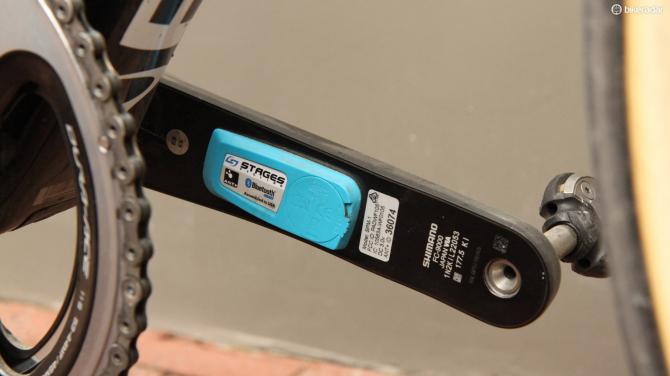
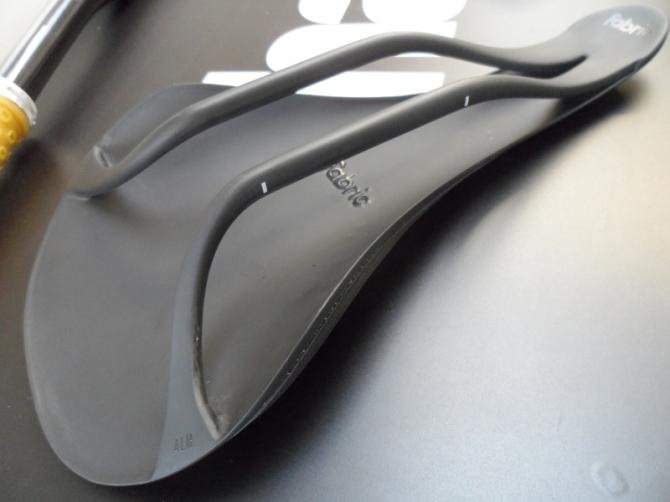
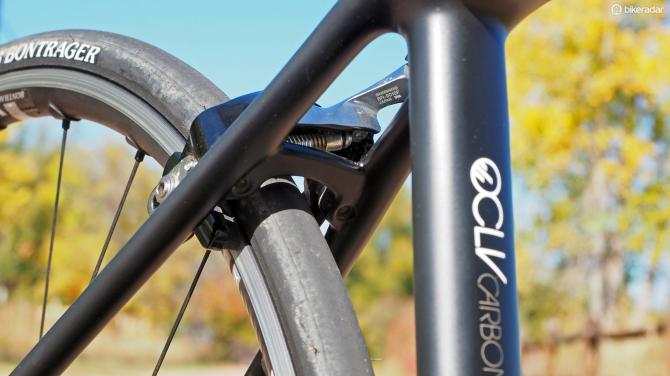
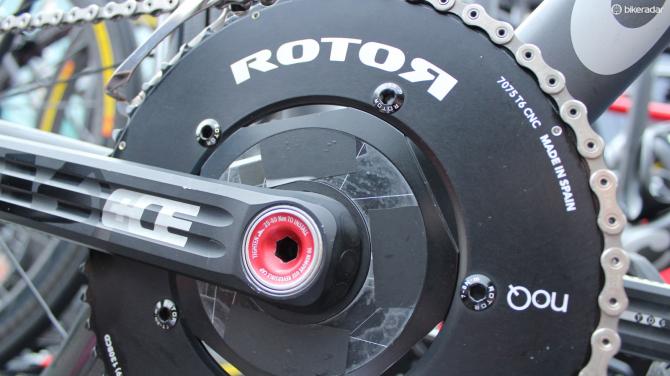
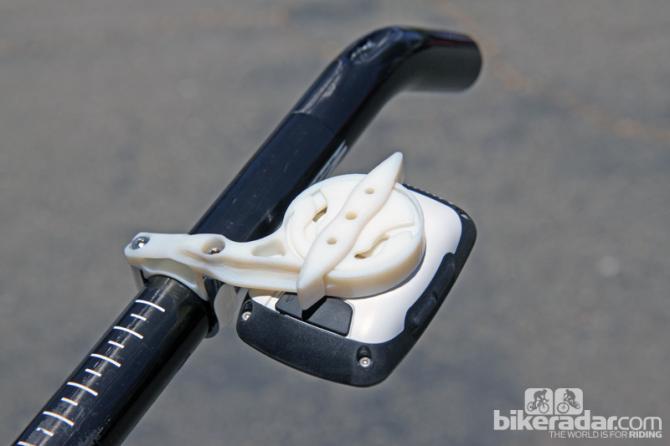
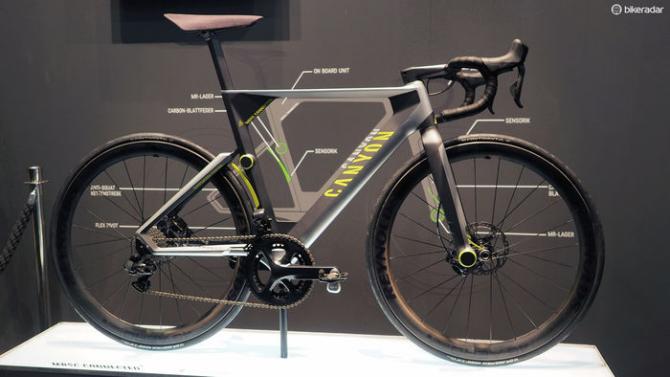
Whereas heart rate monitors were once prohibitively expensive but are now ubiquitous, power meters are now (hopefully) following a similar path. Nearly half of the voters in this year's Cyclingnews Reader Poll want prices to come down – fast.
Stages power meter (Dura-Ace 7900) long term review
Ashton Instruments previews US$500 power meter
Rotor LT-R power meter launched
Polar Keo Power Bluetooth Smart power meter packages launched
InfoCrank power meter - first look
Video: Garmin-Sharp Cervélo R5 voted best team bike in Cyclingnews Reader Poll
Few metrics in cycling are perhaps as indicative of a rider's fitness than power, and the power meter market is quickly becoming flush with models priced at less than US$1,000, such as the ones from Stages Cycling and Powertap. As costs continue to come down, more riders are able to make better use of their training time so that they can go faster with more focused efforts. The data gathered is also invaluable for coaches, who often work far away from the athletes they nurture.
While prices have come down dramatically in recent years, power meters still have a long way to go before they become as common as heart rate monitors – and in fairness, they're unlikely to ever achieve parity given the associated hardware's difference in complexity. Here's to hoping the gap keeps narrowing, though, and with more companies entering the fray, this is a trend we're happy to see continuing to trend downward.
Coming in second in this year's poll is 3D printing – a high-tech method whereby parts are fabricated layer by layer on a machine that isn't all that different from a standard desktop inkjet printer (at least in concept). To date, just a few bike companies make use of the emerging technology but the implications are far reaching. True, components could get less expensive but the real draw is the ability to manufacture pieces that wouldn't otherwise be possible with conventional methods. One-off prototypes can now be made much more economically (and faster) than before, which certainly could accelerate development time.
Disc brakes are a hot topic at the moment but direct-mount calipers look to extend the lifespan of traditional rim brakes, too. Whereas conventional road brake calipers usually mount to a single hole, direct-mount setups use a pair of studs that pull the arms closer to the frame and/or fork. This reduces the chance of flex, which serves to effectively increase power and control while also improving lever feel. Good hydraulic disc brake systems still work better, mind you, but the advent of direct-mount rim brakes – and the proliferation of high-quality designs – means that rim brakes are far from dead.
Results - Tech Innovation of the Year
| 1 | Inexpensive power meters | 41.62% |
| 2 | 3D printing | 14.07 |
| 3 | Direct-mount road brakes | 9.09 |
| 4 | BioShift automatic shifting | 8.53 |
| 5 | Advanced aluminium frames | 6.94 |
| 6 | Schwalbe ProCore tubeless tire system | 5.49 |
| 7 | Automatically adjusting safety lights | 4.48 |
| 8 | Focus RAT quick-release thru-axle system | 3.65 |
| 9 | Canyon MRSC magnetic suspension system | 3.33 |
| 10 | Full-suspension fat bikes | 2.80 |
The latest race content, interviews, features, reviews and expert buying guides, direct to your inbox!
